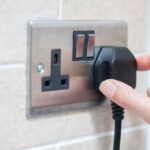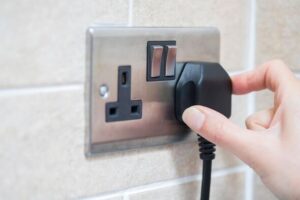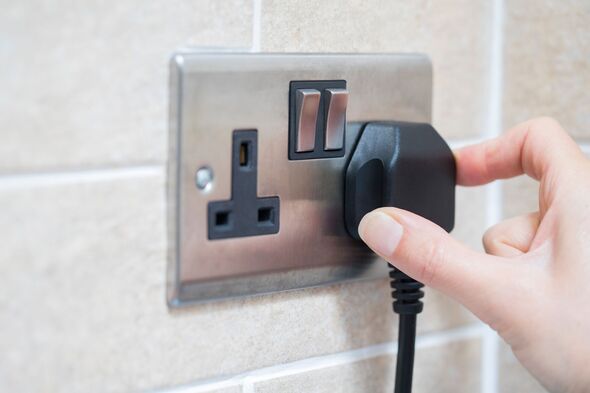
Thousands of households have begun to receive a bonus payment from the Department for Work and Pensions (DWP) due to recent cold weather. The Cold Weather Payment is activated when the average temperature in an area is recorded as, or predicted to be, zero degrees celsius or below for seven consecutive days.
Each seven-day period of extreme cold weather between November 1, 2024, and March 31, 2025, triggers a payment of £25. This is paid to those receiving Pension Credit, Income Support, income-based Jobseeker’s Allowance (JSA), income-related Employment and Support Allowance (ESA), Universal Credit or Support for Mortgage Interest from the DWP.
On Thursday, Uswitch revealed that 6,000 households had already received these payments, with nearly four million qualifying for assistance this winter.
Ben Gallizzi, energy expert at Uswitch.com, said: “Temperatures have plummeted in recent weeks and the government has started issuing £25 Cold Weather Payments to those eligible and living in the coldest areas. 6,000 households have already received payments, with nearly four million people eligible for the assistance this winter.”
He added: “Cold Weather Payments help many vulnerable households to keep the heating on when they might not be able to afford it. The payments go to the most vulnerable people in postcodes where the mercury has plunged to zero degrees Celsius or below over seven consecutive days.
“Nearly £30 million was paid out in 2023-24 and higher bills this winter mean the payments are more important than ever. If you’re entitled to the payments, you will receive them automatically to your bank account within 14 days of the temperature limit being triggered.
“You’ll get them if you’re an older person receiving Pension Credit, or if a member of your household is disabled and you get Universal Credit or an income-based benefit. You can check if your postcode is eligible on the Cold Weather Payments page on GOV.UK. With temperatures dropping rapidly, it’s important to track your energy usage and change your habits in a safe and manageable way while keeping warm.”
Uswitch advice to keep costs down while keeping warm
Keep the thermostat down and at a steady temperature – If you can, try to keep your thermostat at around 18C, which is the recommended temperature for people in good health. The Energy Saving Trust estimates that households who turn their thermostats down by just one degree could cut bills by up to 10%.
Draught-proof your home – Cutting draughts is a quick and cost-effective way to keep your home warm while saving money on your bills. Seals between the door and the frame will help prevent heat escaping, and you should also block any gaps around your windows and your loft hatch.
Draught excluders placed at the bottom of the door of any room you are in can also keep the chill out.
Check your boiler – Adjusting the flow rate on combination boilers can swiftly reduce heating bills, and you won’t even notice the difference. These boilers operate optimally when the water going to radiators is heated at 60C or below.
However, most boilers are set to a much higher flow rate, costing households more money. Consider curtains – Curtains are excellent at preventing heat loss.
Remember to close them at night when it’s colder and open them when the sun comes out to let the warmth back in.
Check your radiators – It’s always advisable to keep your radiators as free of obstructions as possible.
Sofas positioned in front of radiators will absorb heat rather than letting it spread around the room. When turned on, double-check if there are any cold spots, which may indicate that your radiators need bleeding.
Try a heated blanket – Heated blankets are a great way to avoid getting into a cold bed at night. The good news is that using one for 30 minutes before you get under the covers is more energy efficient than putting the heating on, and will add less than 9p to your bills over a week.
Utilise your radiators for drying clothes – If your heating is already on, you could use them to dry your clothes simultaneously, instead of using a more energy-intensive tumble dryer. However, be mindful that the increased condensation from drying clothes could lead to mould.
Dehumidifiers, which remove the extra moisture from the air, typically use 185W, costing around 9p for two hours – still significantly cheaper than a tumble dryer.
Monitor your energy consumption – Households seeking an effortless way to monitor their energy usage this winter can download the complimentary Uswitch mobile app.
This allows consumers to connect to their smart meter and easily track their energy consumption. By monitoring their usage, individuals can identify what changes they can implement to save money, while also ensuring they are modifying their habits in a safe and manageable manner.


















